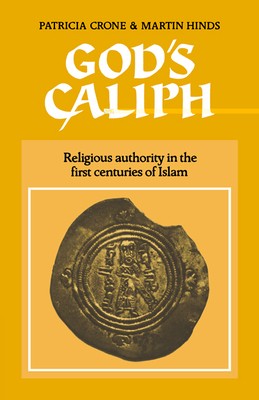
- We will send in 10–14 business days.
- Author: Patricia Crone
- Publisher: Cambridge University Press
- ISBN-10: 0521541115
- ISBN-13: 9780521541114
- Format: 14 x 21.6 x 1 cm, softcover
- Language: English
- SAVE -10% with code: EXTRA
Reviews
Description
This study examines how religious authority was distributed in early Islam. It argues the case that, as in Shi'ism, it was concentrated in the head of state, rather than dispersed among learned laymen as in Sunnism. Originally the caliph was both head of state and ultimate source of religious law; the Sunni pattern represents the outcome of a conflict between the caliph and early scholars who, as spokesmen of the community, assumed religious leadership for themselves. Many Islamicists have assumed the Shi'ite concept of the imamate to be a deviant development. In contrast, this book argues that it is an archaism preserving the concept of religious authority with which all Muslims began.
EXTRA 10 % discount with code: EXTRA
The promotion ends in 19d.10:26:53
The discount code is valid when purchasing from 10 €. Discounts do not stack.
- Author: Patricia Crone
- Publisher: Cambridge University Press
- ISBN-10: 0521541115
- ISBN-13: 9780521541114
- Format: 14 x 21.6 x 1 cm, softcover
- Language: English English
This study examines how religious authority was distributed in early Islam. It argues the case that, as in Shi'ism, it was concentrated in the head of state, rather than dispersed among learned laymen as in Sunnism. Originally the caliph was both head of state and ultimate source of religious law; the Sunni pattern represents the outcome of a conflict between the caliph and early scholars who, as spokesmen of the community, assumed religious leadership for themselves. Many Islamicists have assumed the Shi'ite concept of the imamate to be a deviant development. In contrast, this book argues that it is an archaism preserving the concept of religious authority with which all Muslims began.


Reviews